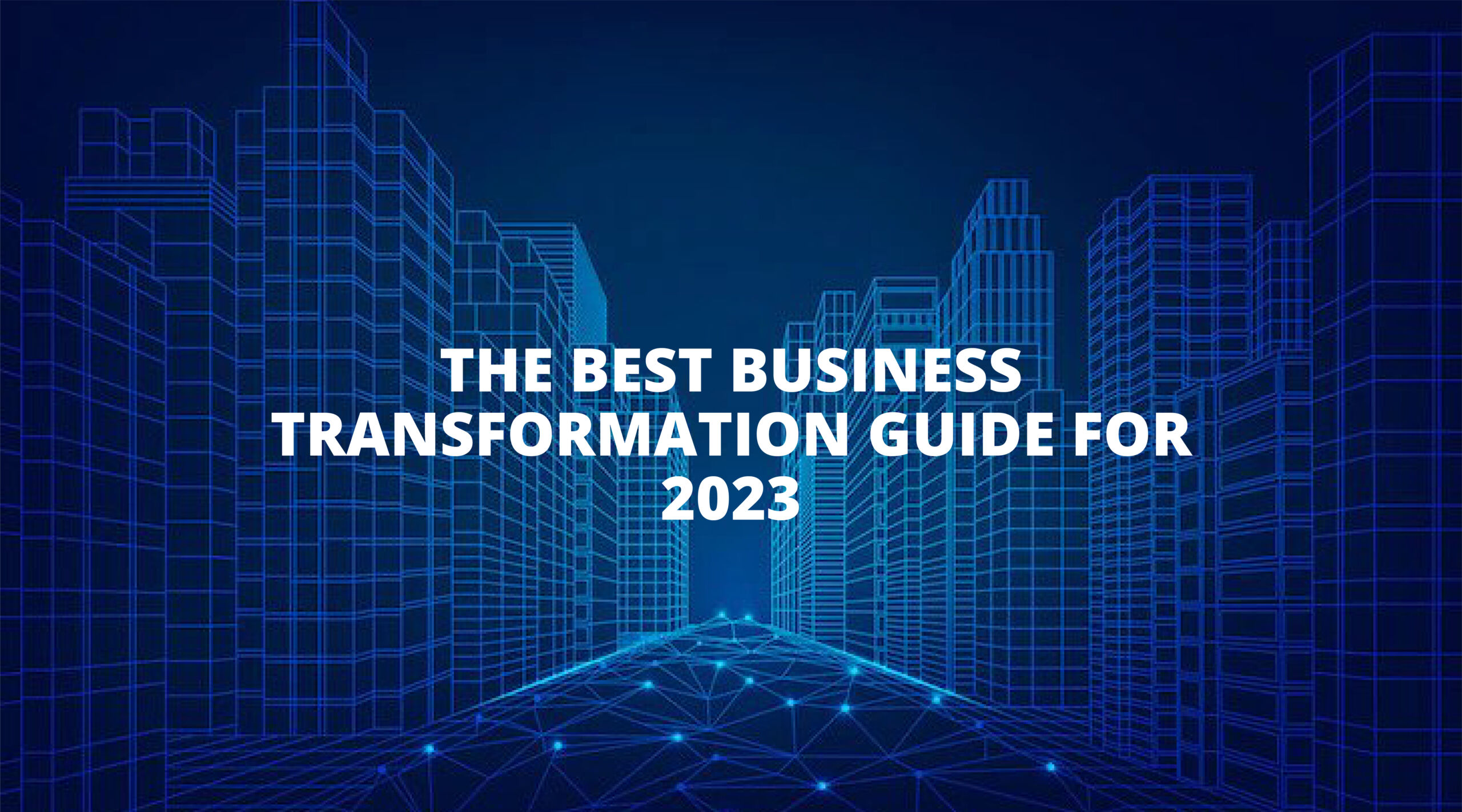The goal of digital transformation is to use technology to address both existing and emerging business challenges in novel and often surprising ways. But digital transformation is more than just applying technology to issues; it also entails shifting the foundation of how business is done to new, comprehensive technological platforms and operating models and learning to adapt to the inevitable evolution of those solutions and models.
After undergoing digital transformation, a company may easily do it through business analyst and find solutions to issues using just the available digital tools and systems.
From the top executives down to the newest hires, everyone in the company is on board with the new ways of conducting business and creating value that come from prioritizing digital initiatives.
The need for change is clear and, some might claim, inevitable since new forces emerge on a regular basis. However, as many businesses learn the hard way, digital transformation is a continuing process that requires constant optimization in response to shifting consumer and market demands. It entails the following subsidiary activities:
STRESSING ON THE CONSTANT NEED FOR INNOVATION
Adapting your company’s culture to become more creative, open, and accepting is a vital part of the digital transformation process. Since brilliant suggestions may come from anybody, all staff members, regardless of rank, should be given a fair chance to offer input.
Inviting workers to think creatively about digitalization possibilities and digitalization difficulties is a crucial part of any digital transformation plan. Allies from inside the company who are most familiar with the job may pool their knowledge to pinpoint issues that may impede the implementation of change.
Engaging crowdsourcing capabilities in innovation software make it possible for a geographically distant team to pool and develop ideas. When ideas can be submitted, discussed, voted on, and tracked in one convenient location, you foster an environment where everyone feels welcome to participate, which in turn fosters a culture of constant innovation.
KEEPING UP WITH THE NEWEST TRENDS
Organizations eed to become more agile through business analyst in order to maintain their competitive advantage and develop new possibilities. Alterations are occurring on the interior of the workplace concurrently with those occurring on the exterior. It is important to provide teams the autonomy to decide how they will complete their tasks, whether they will use iterative project management, hybrid methods, waterfall processes, collaboration, or Lean-Agile methodologies. Despite this, numerous firms continue to uphold rigid standards.
By adopting portfolio and workforce management systems that are more agile and adaptable, businesses may be better able to support the diverse work approaches that teams use to deliver on strategy. This can be accomplished while simultaneously centralizing efforts and integrating teams around shared goals.
It’s difficult to predict exactly what the key digital transformation trends will be for 2023, as the technology landscape is constantly evolving and new innovations are always emerging. However, some trends that are likely to continue to shape digital transformation in the coming years include:
Artificial intelligence and machine learning: These technologies are becoming increasingly prevalent in a wide range of industries, and are expected to play a significant role in the way businesses operate and make decisions in the future.
Internet of Things (IoT): The proliferation of connected devices is expected to continue, with more and more devices being connected to the internet and able to communicate with each other. This will create new opportunities for businesses to collect and analyze data, automate processes, and offer new products and services.
Cloud computing: The trend towards moving data and applications to the cloud is expected to continue, as businesses seek to reduce costs and improve scalability and flexibility.
Cybersecurity: As the number of cyber threats continues to grow, businesses will need to prioritize cybersecurity and invest in measures to protect their data and systems from attacks.
Digital customer experience: Businesses will continue to focus on delivering a seamless and personalized customer experience across all digital channels, including web, mobile, and social media.
Remote work: The shift towards remote work that was accelerated by the COVID-19 pandemic is expected to continue, with more and more businesses adopting flexible and remote work policies. This will require businesses to invest in new technologies and tools to enable remote collaboration and communication.
ANALYSING DIFFERENT SYSTEMS AND THEIR EFFECTS
In order to decide what existing systems can and cannot be brought along on the transition, organization must do an analysis of those systems and also hire a business strategist consultant. Some older infrastructure and software may need to be retired or replaced, while newer alternatives may be accepted with minor adjustments.
It is also a good opportunity to take stock of any paper records and files. These records need to be digitized as part of the overall process of digital transformation. If you need help scanning a large number of documents, our Digitisation team is here to help you turn that data into useful digital insights. You now have the information you need to create a technology and process road map, including a list of the systems that need to be upgraded or replaced. Because this effort isn’t about slapping new technology onto inefficient operations, laying out the current workflow is crucial. Certain long-held practices must be abandoned, and doing so calls for a plan of action.
CONSISTENT DOUBLE-CHECKING IS IMPORTANT
When you reach a certain threshold of accomplishment, it’s time to implement the rest of your plan. Once again, working with reliable suppliers and IT allies is essential for a successful rollout.
Last but not least, remember that no one ever gets everything flawless the first time around while implementing a major transformation. Collect information about what went well, what didn’t, and what fell somewhere in between after implementation. Next, iterate on your strategy until you reach a sweet spot.
Iteration is necessary going forward as well, as digital transformation is an ongoing process. Your strategy for digital transformation will need to adapt as the digital era (and the internet of things in particular) develops.
When top management agrees on a course of action, it is time to communicate that plan to the rest of the company. It may be enough for companies with an established culture of innovation to merely notify their employees of the change. Others will need to perform cultural work to ready teams for a major change in the status quo.
Count on us at DTC Force to make every transition seamless! Get in touch with us to learn how to implement the best practices for your organization.









